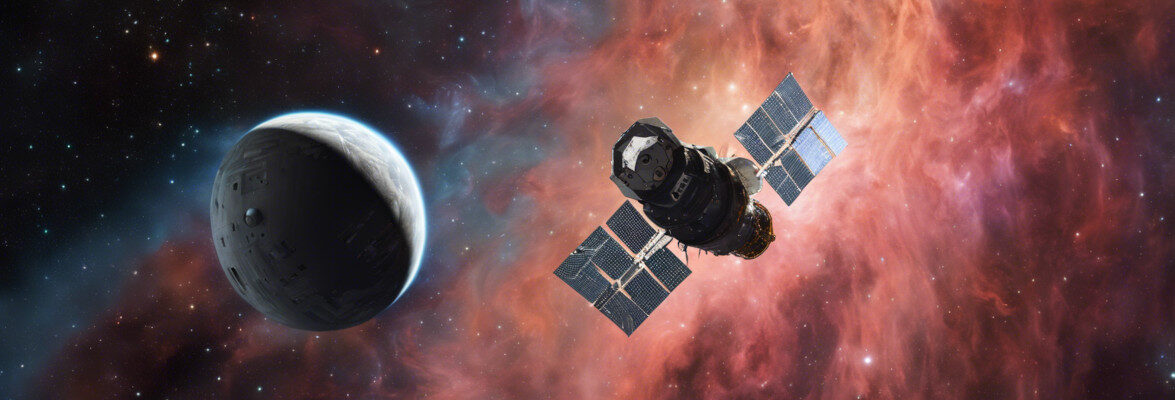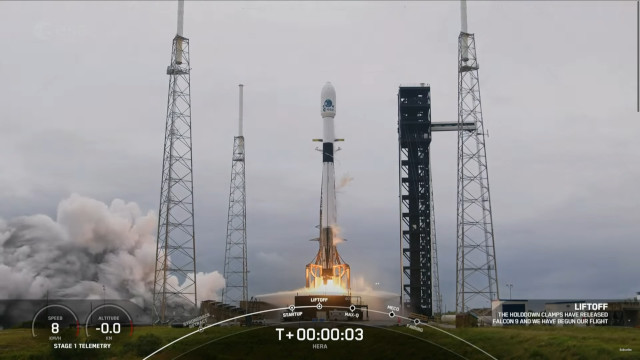
A Christmas landscape in the Australe Scopuli region on Mars
ESA has published reprocessed images of the Australe Scopuli region of Mars captured by its Mars Express space probe’s High Resolution Stereo Camera (HRSC). The area is covered in what appears to be snow but is actually carbon dioxide ice and dust. Despite the differences, the view is reminiscent of a Christmas landscape, especially the kind common at altitudes where it normally snows on Earth. It’s still a significant day because, on December 25, 2003, Mars Express entered Mars’ orbit.





